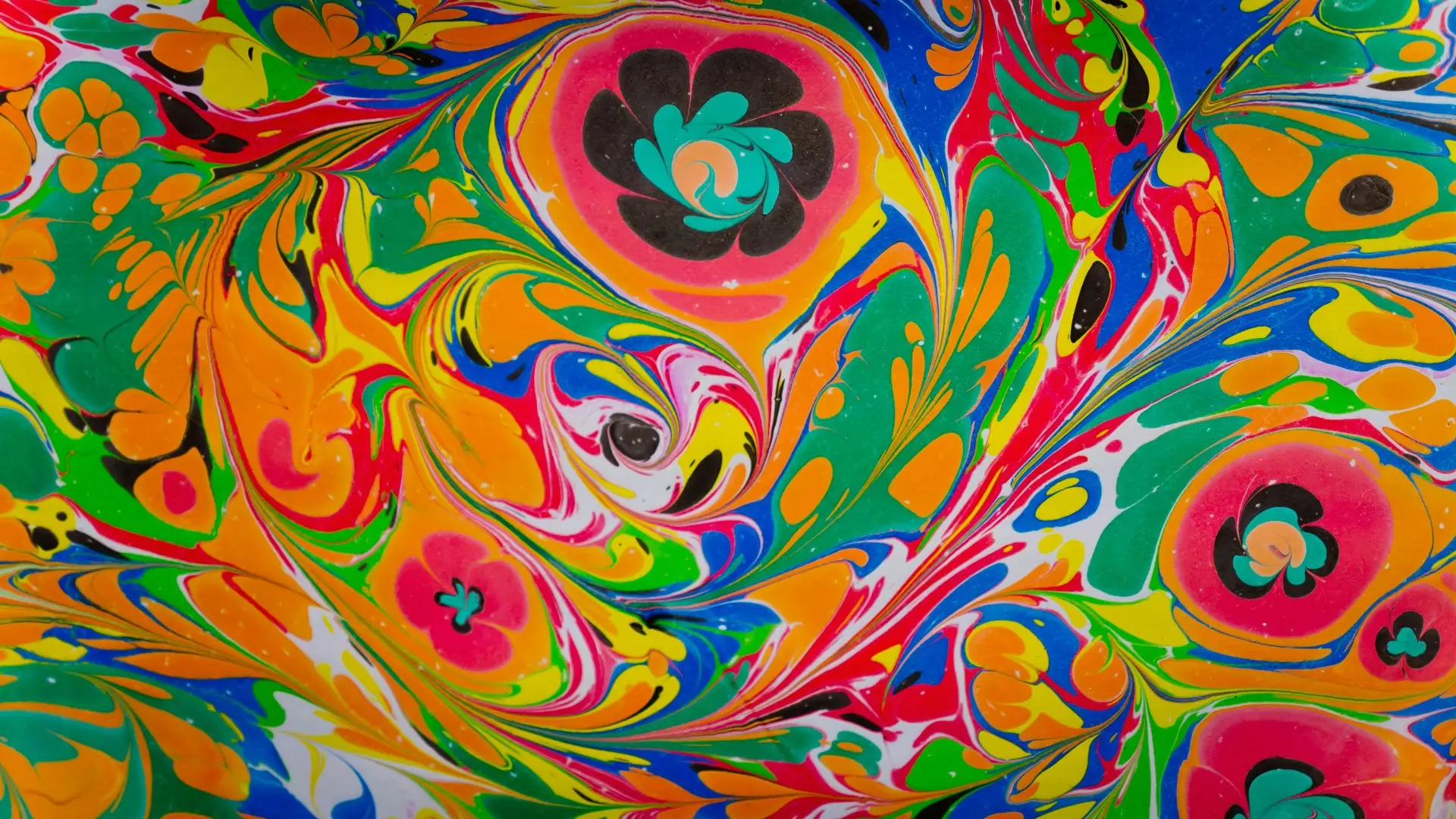Italian Fairy Tales: Moral Lessons and Fantastical Adventures

Before diving in, please note: This post is for informational purposes only. If you’d like to know more about how we approach topics, feel free to check out our friendly Disclaimer Page.
Hey there, amazing readers! 
We’re committed to delivering quality posts, and your support (even just sticking around despite the ads) means everything to us. So, bear with us, and thanks for helping us keep the good vibes rolling. Now, on to the fun stuff!
TRANSLATE BUTTON AT THE END OF THE ARTICLE
A Quick Overview
Italian fairy tales are a rich tapestry of fantastical adventures, moral lessons, and colorful characters that have captivated readers for generations.
From the classic tales of Pinocchio and Cinderella to lesser-known stories like The Devil with the Three Golden Hairs, Italian fairy tales offer a unique glimpse into the cultural heritage of Italy.
These stories are not only entertaining but are filled with valuable life lessons that continue to resonate with readers of all ages.
In this article, we will delve into the origins of Italian fairy tales, explore popular characters, discuss themes and moral lessons, and examine the cultural significance of these timeless tales.
Introduction to Italian Fairy Tales
Italian fairy tales are a vital part of the country’s storytelling tradition, passed down through generations orally before being recorded in written form.
These tales are characterized by fantastical elements such as magic, talking animals, and larger-than-life characters.
Italian fairy tales often feature ordinary individuals thrust into extraordinary circumstances, where they must overcome challenges and obstacles to achieve their goals.
These stories are not just entertainment but serve as a way to teach moral lessons and impart wisdom to the listeners.
Origins of Italian Fairy Tales
The origins of Italian fairy tales can be traced back to ancient times, with influences from various cultures such as Greek, Roman, and Arabic.
Many Italian fairy tales have their roots in folk traditions, passed down through generations by storytellers known as "conteurs." These tales were eventually collected and published by scholars and writers in the 16th and 17th centuries, preserving them for future generations.
One of the most famous collections of Italian fairy tales is Giambattista Basile’s "The Tale of Tales," published in 1634, which laid the groundwork for the fairy tale genre in Italy.
Popular Characters in Italian Fairy Tales
Italian fairy tales are filled with a colorful cast of characters, both human and magical.
From brave princesses and cunning tricksters to malevolent witches and helpful fairies, Italian fairy tales feature a diverse range of personalities.
Some of the most iconic characters include Pinocchio, a wooden puppet who longs to become a real boy; Cinderella, a kind-hearted girl mistreated by her stepmother and stepsisters; and Puss in Boots, a clever feline who outwits his enemies with cunning tricks.
These characters have become timeless symbols in Italian folklore and continue to capture the imaginations of readers worldwide.
Themes and Moral Lessons in Italian Fairy Tales
Italian fairy tales are often centered around universal themes such as good versus evil, the triumph of the underdog, and the power of love and friendship.
These stories are designed to teach moral lessons and impart wisdom to the listeners, encouraging them to reflect on their own values and beliefs.
Themes of kindness, honesty, perseverance, and courage are prevalent in Italian fairy tales, serving as guiding principles for readers of all ages.
Through the fantastical adventures of the characters, readers learn valuable life lessons that transcend time and culture.
Fantastical Adventures in Italian Fairy Tales
Italian fairy tales are renowned for their fantastical adventures that take readers on a journey to magical realms filled with wonders and dangers.
From enchanted forests to mystical castles, Italian fairy tales transport readers to a world where anything is possible.
The protagonists of these tales often embark on epic quests, facing challenges and obstacles along the way.
Whether it’s battling dragons, outsmarting wicked witches, or finding true love, the characters in Italian fairy tales must navigate a world of magic and mystery to achieve their goals.
These fantastical adventures captivate readers and ignite their imagination, making them believe in the impossible.
Influence of Italian Fairy Tales on Literature
Italian fairy tales have had a profound influence on literature, inspiring writers and storytellers around the world.
The themes, characters, and motifs found in Italian fairy tales have been reimagined and adapted in countless works of literature, from novels to plays to films.
Authors such as Carlo Collodi, Italo Calvino, and Elena Favilli have drawn inspiration from Italian fairy tales in their own works, creating new stories that pay homage to the tradition.
The enduring popularity of Italian fairy tales is a testament to their impact on the literary world and their ability to transcend time and culture.
Notable Italian Fairy Tale Authors
Several notable Italian authors have made significant contributions to the fairy tale genre, enriching the tradition with their unique voices and storytelling styles.
Giambattista Basile, known as the "father of the Italian fairy tale," collected and published some of the earliest known Italian fairy tales in his work "The Tale of Tales." Carlo Collodi, the author of "The Adventures of Pinocchio," created one of the most iconic characters in Italian folklore.
Italo Calvino, a renowned Italian writer, reimagined traditional fairy tales in his collection "Italian Folktales," showcasing the richness and diversity of Italian storytelling.
These authors have left a lasting legacy in the world of fairy tales, shaping the genre for generations to come.
Evolution of Italian Fairy Tales over Time
Italian fairy tales have evolved over time, adapting to changing cultural and societal norms while retaining their core elements.
From the oral traditions of ancient Italy to the written collections of the Renaissance, Italian fairy tales have undergone various transformations to suit the tastes of different audiences.
As the genre continues to evolve, new authors and storytellers are adding their own interpretations and perspectives to the tradition, keeping it alive and relevant for contemporary readers.
The evolution of Italian fairy tales reflects the enduring appeal of these timeless stories and their ability to resonate with audiences across generations.
Cultural Significance of Italian Fairy Tales
Italian fairy tales hold significant cultural importance as they are a reflection of Italy’s rich heritage and traditions.
These stories provide insights into the values, beliefs, and customs of Italian society, offering a window into the past.
Italian fairy tales are not just entertainment but serve as a cultural touchstone, connecting readers to their roots and preserving the legacy of storytelling in Italy.
The themes and characters found in Italian fairy tales are a testament to the creativity and imagination of the Italian people, showcasing their unique perspective on the world.
Comparison with Other Fairy Tale Traditions
Italian fairy tales are distinct from other fairy tale traditions such as German, French, and Russian, due to their unique characters, settings, and themes.
While Italian fairy tales share some similarities with their European counterparts, they also have their own distinct flavor and style.
Italian fairy tales often feature a strong sense of humor, clever wordplay, and a touch of the macabre, setting them apart from other traditions.
The moral lessons and values found in Italian fairy tales are also unique, reflecting the cultural nuances and societal norms of Italy.
Despite these differences, Italian fairy tales continue to enchant readers around the world with their timeless charm and universal themes.
Modern Retellings of Italian Fairy Tales
In recent years, there has been a resurgence of interest in Italian fairy tales, with many authors and illustrators reimagining classic stories for a modern audience.
Retellings of tales such as Pinocchio, Cinderella, and Sleeping Beauty have breathed new life into these timeless stories, introducing them to a new generation of readers.
These modern adaptations often put a fresh spin on familiar tales, presenting them in a contemporary context while staying true to the spirit of the original stories.
By revisiting Italian fairy tales in new and innovative ways, authors are keeping the tradition alive and relevant for today’s readers, ensuring that these stories continue to captivate audiences for years to come.
Preserving Italian Fairy Tales for Future Generations
Preserving Italian fairy tales for future generations is essential to ensure that these timeless stories continue to inspire and enchant readers for years to come.
By collecting, translating, and sharing these tales with a global audience, we can ensure that the rich tradition of Italian storytelling is celebrated and preserved.
Initiatives such as publishing collections of Italian fairy tales, adapting stories into films and multimedia projects, and incorporating fairy tales into educational curricula can help keep these stories alive and relevant for contemporary audiences.
By valuing and preserving Italian fairy tales, we can honor the cultural heritage of Italy and pass down these beloved stories to future generations.
Conclusion
Italian fairy tales are a treasure trove of fantastical adventures, moral lessons, and colorful characters that have captivated readers for centuries.
From the classic tales of Pinocchio and Cinderella to lesser-known stories like The Devil with the Three Golden Hairs, Italian fairy tales offer a unique glimpse into the cultural heritage of Italy.
Through themes of kindness, perseverance, and courage, these timeless stories continue to resonate with readers of all ages, teaching valuable life lessons and inspiring imagination.
By preserving and celebrating Italian fairy tales, we ensure that these enchanting stories will continue to captivate audiences for generations to come.

The Enlightenment Journey is a remarkable collection of writings authored by a distinguished group of experts in the fields of spirituality, new age, and esoteric knowledge.
This anthology features a diverse assembly of well-experienced authors who bring their profound insights and credible perspectives to the forefront.
Each contributor possesses a wealth of knowledge and wisdom, making them authorities in their respective domains.
Together, they offer readers a transformative journey into the realms of spiritual growth, self-discovery, and esoteric enlightenment.
The Enlightenment Journey is a testament to the collective expertise of these luminaries, providing readers with a rich tapestry of ideas and information to illuminate their spiritual path.
Our Diverse Expertise
While our primary focus is on spirituality and esotericism, we are equally passionate about exploring a wide range of other topics and niches 

To ensure we provide the most accurate and valuable insights, we collaborate with trusted experts in their respective domains 
Our blog originally focused on spirituality and metaphysics, but we’ve since expanded to cover a wide range of niches. Don’t worry—we continue to publish a lot of articles on spirituality! Frequently visit our blog to explore our diverse content and stay tuned for more insightful reads.



































































